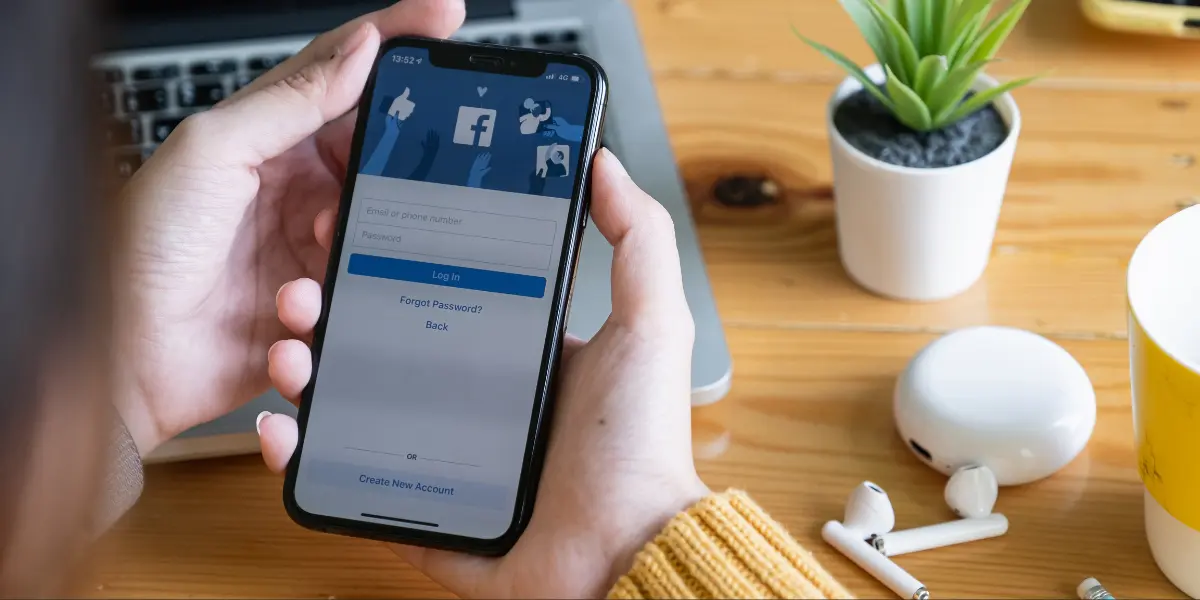Editors note: Since this article was published, EdgeRank has developed and is now virtually impossible to measure as no score actually exists. As a result, caution should be taken when talking to companies or individuals who claim to be able to measure your EdgeRank. This article remains published regardless as it provides a healthy background and some helpful tips.
It’s a bitter fact that there has been a decline in Facebook Organic Reach. For many Pages, this plummeted after Facebook introduced the Edge Rank algorithm in November 2013 and then tightened the algorithm two months later.
Page administrators saw their posts’ visibility dropping from 16% down to 6%, and even 3% – not to mention some dramatic metrics claiming posts were reaching only 2% or even just 0.5% of the pages fans. The effect did not stop there. Facebook pages that were generating traffic to company websites consequently experienced the blank horror, seeing the number of visitors dropping even by 50%, if not more.
A domino effect with no way out – unless companies invest money for Facebook Ads and create sponsored posts.
There are a lot of complaints coming from marketers expressing their anger about the money they spend on Facebook in order to build communities, and now they are being asked by the same people at Facebook to pay even more money in order to reach the members of the communities they have already paid to build.
It may still be an affordable marketing strategy, paid reach for large companies, but for the small business or the struggling-for-funds charity or welfare society it is the sheer disaster in terms of revenues, funds and stray adoptions.
Testing, Monitoring and Tracking
After the initial shock, the Internet is now full of complaints, with analyses, tips and tricks on how to overcome the organic reach barrier called ‘EdgeRank’. It is the barrier that does not display any more most of your posts on your fans news feeds with the same frequency it used to do – unless you pay.
There is no way around it other than running different content tests, studying Facebook insights, tracking post views, interacting with fans and monitoring their behavior. “Hands-on with eyes wide open” is the best way to get clues about the logic of the EdgeRank algorithm, which is allegedly based on ten, one hundred or several thousand factors.
Some results from our tests included:
- Posts of a certain thematic that used to be a hit among Facebook fans in the past now go mostly unnoticed. They don’t reach more than 25-35 fans.
- Posts go noticed or unnoticed independently of the time they are being uploaded and independently of the content, e.g. picture, video, text, status update or a combination of all. But in one of the Facebook pages, pictured posts are now a hit.
- The ratio between fans’ engagement in shares, likes, comments and Organic Reach seems quite confusing.
- A post with 1 share reached 1,230 people, while a post with 2 Likes and 3 comments reached just 235 people.
On the other hand,
- A post with 30 likes and 7 comments reached 674 people
- A post with 75 likes, 36 shares and 2 comments could reach 3,490 people
- A post with 20 likes, 26 shares, 2 comments, reached 3,376 people
‘Shares’ certainly boost a post reach to page fans and non-fans, as Facebook combines ‘organic’ and ‘viral’ reach. It is therefore hard to find out how many page fans see your post.
According to Facebook, the higher the fan’s engagement the more people ‘see the post’ on their news feed. But do these people really read the post? Do they click and go to your website? Can you predict human behavior?
Website visitors coming from Facebook decreased
The EdgeRank barrier affects not only the number of page fans who ‘see’ a post but also the number of visitors coming from Facebook to a company’s websites and consequently the total number of visitors.
One of the websites and Facebook pages I administrate had visitors coming from Facebook as follows:
2013 Sept 15,007 – Oct 60,570 – Nov 18,073 – Dec 5,894
2014 Jan 16,020 – Feb 12,880 – Mar 4,750 – Apr 6,994
Beat the EdgeRank: Engagement is the key
Can we beat an enemy that shows no or little logic and its main algorithm formula is kept secret under seven seals? Experience shows that the stronger and the more often your presence is on your Facebook page, with more interaction with fans, the higher are the chances that Facebook displays your post to as many people as possible.
- Post on a daily basis and, if possible, try 2-3 posts per day.
- Upload original content but also engage with your fan’s posts: Like them, share them and write comments.
- Boost your own post with a little question in comments section.
- Encourage your fans to engage with questions and polls.
- Chat with your fans about simple things like the weather.
Interactive engagement is the key for building an online community – even though you cannot predict and understand the behavior of the EdgeRank.
By content assistant, Vaso Gildizi – @vaso_gildizi




